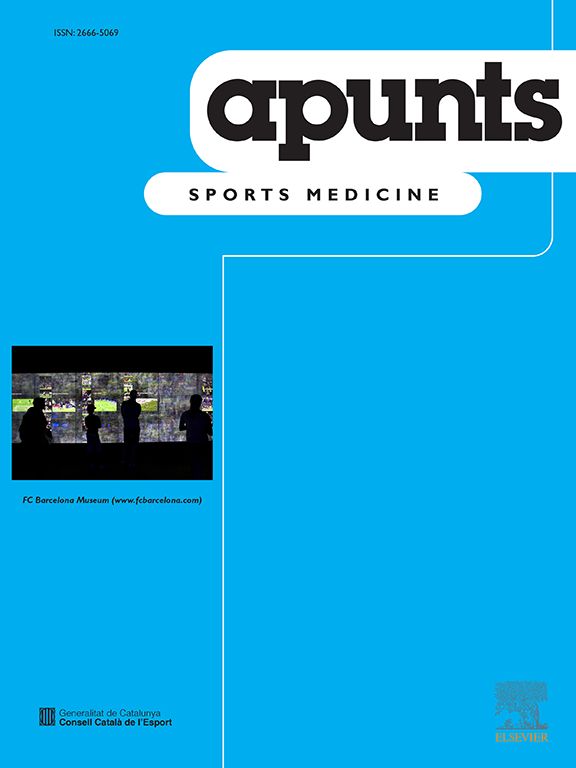Introduction and objectives: Although the nutritional requirements and somatic profile of the elite fencer have been described, this information is lacking in young fencers. The aim of the present study was two-fold: firstly, to describe the kinanthropometric profile of a group of young competitive fencers and, secondly, to assess their nutritional habits. Methodology: The present observational, descriptive study classified the variables analyzed into two categories: a) nutritional assessment (24 h recording): total energy, carbohydrates, proteins, lipids, fiber, cholesterol, dietary water content, vitamins and minerals; b) kinanthropometric assessment: height, weight, somatotype, and body composition. Results: Total energy intake was above recommended levels in 26.3% of the group and below these levels in 57.9%. Carbohydrate intake was lower than recommended, whereas protein and lipid intake was higher. Intake of monounsaturated and polyunsaturated fats was below recommended levels in 89.5% and 63.2% of young fencers, respectively. Saturated fat intake was higher than recommended intake in 89.5% of the fencers. Fiber consumption was deficient in 52.6% of the fencers. In contrast, cholesterol intake was higher than recommended consumption in 73.7%. Vitamin intake was in line with recommended levels but intake of some minerals was deficient. Both sexes were remarkably heterogeneous in somatic profile. Conclusions: Nutritional habits in most of the young fencers analyzed were unsuitable both to maintain a state of health and to practice sport. These habits should be corrected through proper education and nutritional follow-up with further interventions to optimize sports performance. The kinanthropometric assessment confirms these results.
The Impact Factor measures the average number of citations received in a particular year by papers published in the journal during the two preceding years.
© Clarivate Analytics, Journal Citation Reports 2025
SRJ is a prestige metric based on the idea that not all citations are the same. SJR uses a similar algorithm as the Google page rank; it provides a quantitative and qualitative measure of the journal's impact.
See moreSNIP measures contextual citation impact by wighting citations based on the total number of citations in a subject field.
See more




